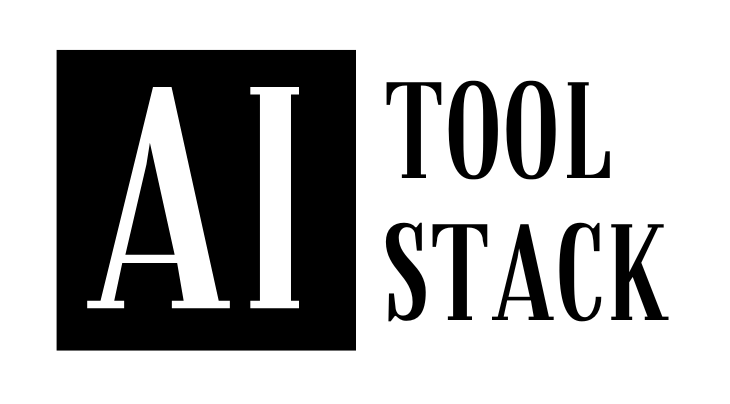Data storage needs are projected to double in the next two years, according to a survey conducted by Hitachi Vantara. The survey also revealed that 76% of executives believe their current infrastructure will be unable to scale to meet the demands of artificial intelligence (AI) and associated analytic workloads. Furthermore, 60% of respondents reported feeling overwhelmed by the amount of data they manage. By 2025, it is predicted that large organizations will be storing over 65 petabytes of data. The findings of this survey align with those of the AI Infrastructure Institute (AIII), which found that only 26% of teams were “very satisfied” with their current AI/ML infrastructure. The AIII report states that big tech companies have the resources to build their own AI/ML infrastructure, but smaller enterprises face significant challenges in finding the right tools to meet their specific needs.
One key challenge is data storage capacity. The Hitachi survey indicates that data storage needs may double in the next two years, but relying solely on the cloud is not a silver bullet solution. While 27% of data center workloads are expected to be in public clouds by 2025, and another 21% co-located, almost half of data center workloads (49%) will remain within company walls. Additionally, IT executives estimate that they have little control over half of the data flowing through their enterprises, known as “dark data,” which is collected and stored but never used. This dark data may represent almost half of all data.
In addition to data capacity, the availability of appropriate tools is crucial for AI/ML teams. The AIII report highlights that the growth of an AI/ML team requires different tools at each stage. As the team expands, newer and better tools are needed to manage the growth. Traditional enterprise IT considerations, such as role-based access control and security, become important, as well as ongoing monitoring and maintenance. Other emerging needs include feature stores, data versioning, and lineage visibility. The AIII authors emphasize the importance of these tools, noting that some teams discover their necessity too late, after regulatory issues or public mistakes arise.
While big tech companies have the resources to build their own tools, this approach is not feasible for most enterprises. Technical debt and maintenance become overwhelming, especially as commercial tools with advanced capabilities become available. The AIII analysts predict that more tech companies will replace parts of their home-rolled stack with commercial or open-source alternatives in the next five years. They expect that most enterprises in the early majority stage will focus on writing smaller tools to bridge the gaps between modular pieces of the stack.
In conclusion, as organizations increasingly adopt AI, it is essential to invest in the infrastructure required to support it. Data storage needs are projected to double, and current infrastructures may be ill-equipped to handle the demands of AI and associated analytic workloads. Finding the right tools and resources is a significant challenge, but with the proliferation of new tools and platforms, enterprises of all sizes can benefit from the intelligence revolution. However, careful consideration must be given to building the right AI/ML infrastructure that meets specific company needs.
